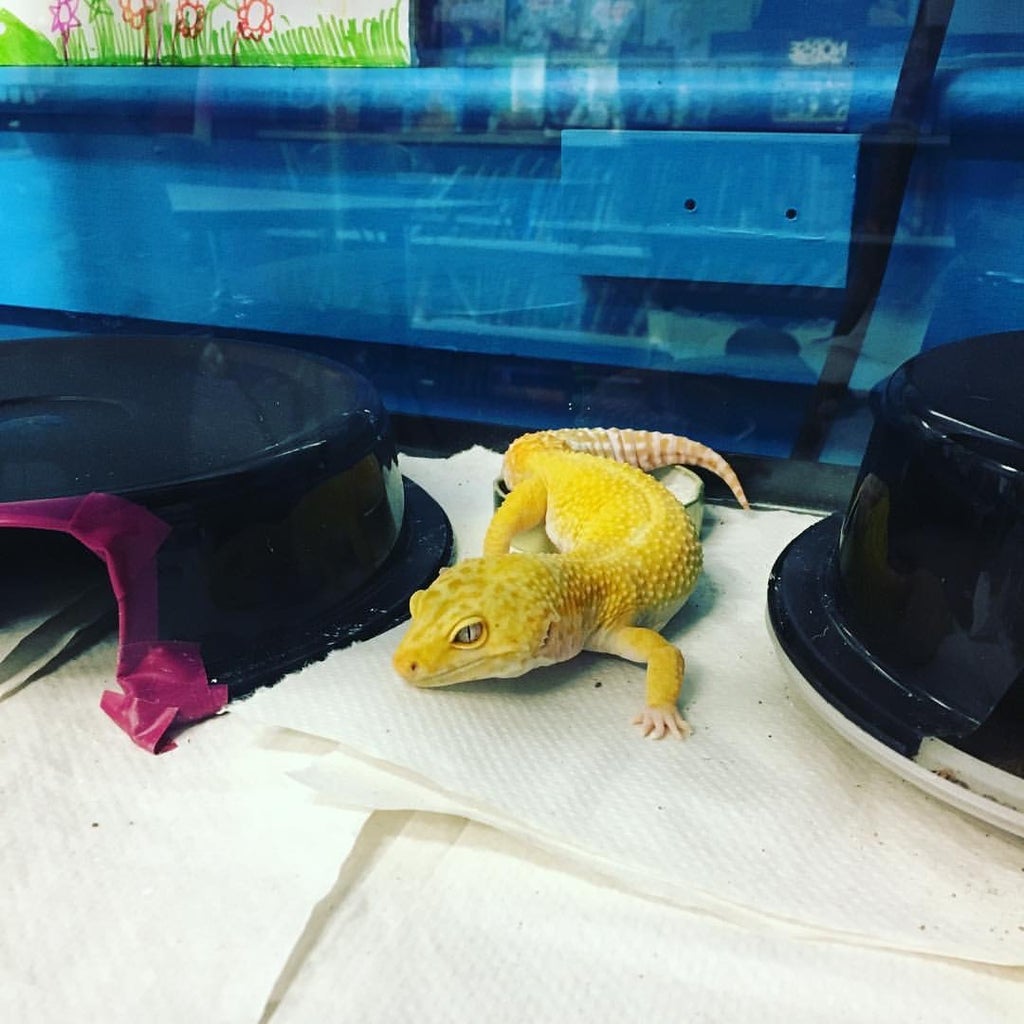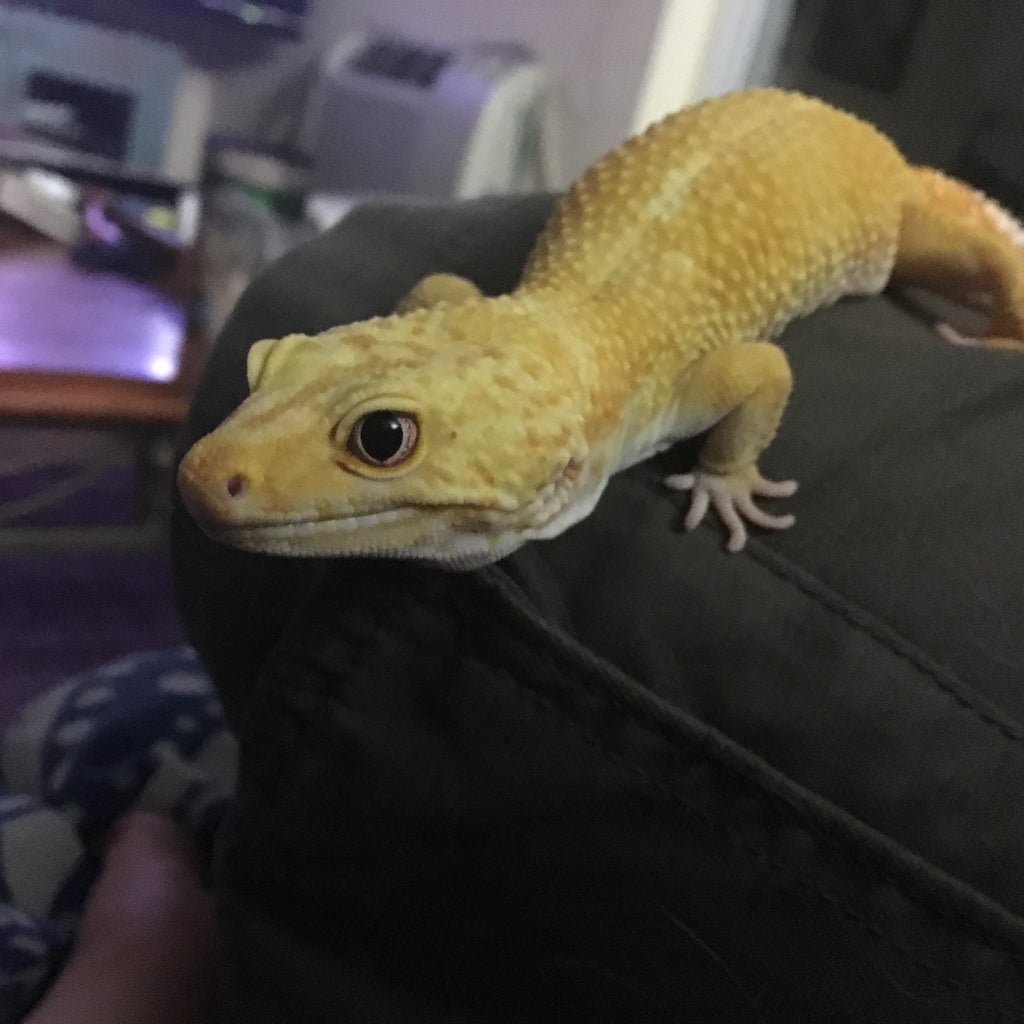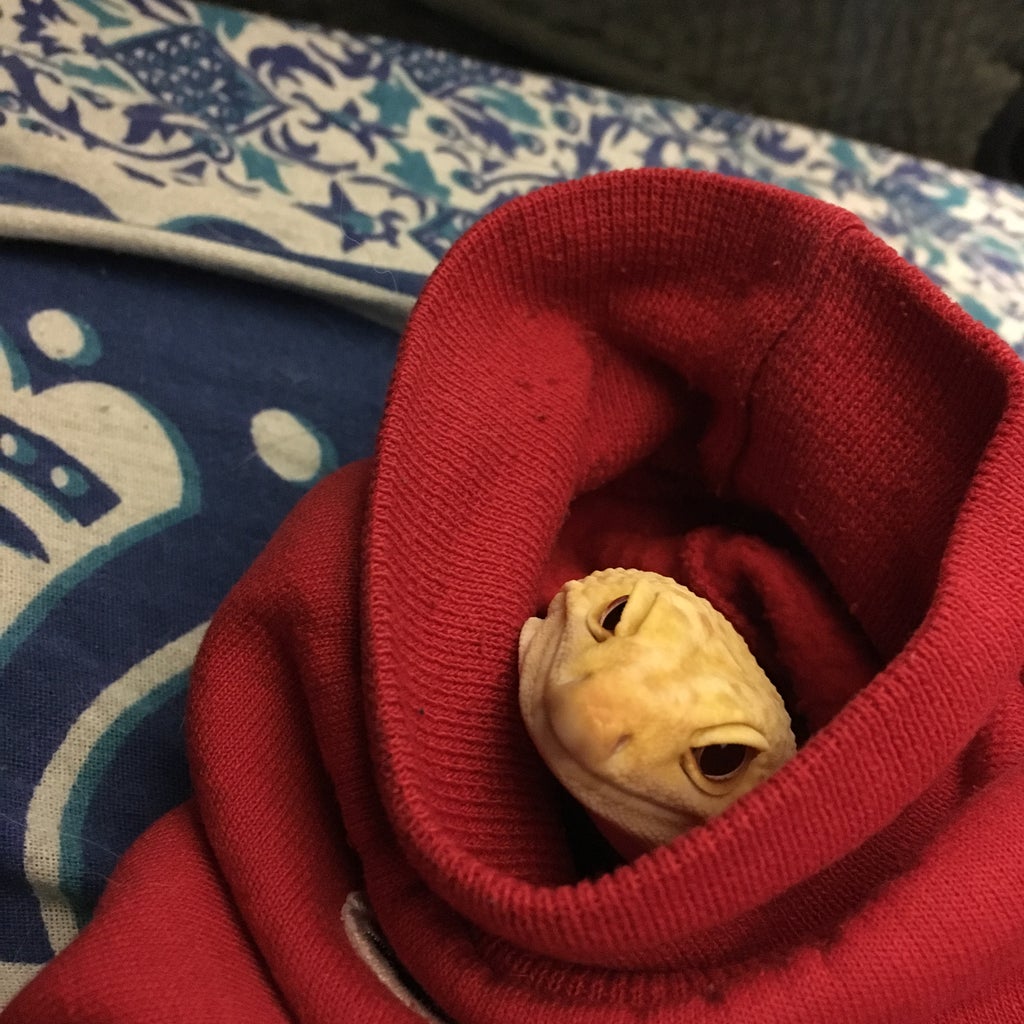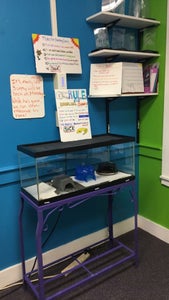Providing proper hides is one of the most important things you can do when setting up your leopard gecko habitat. Hides serve several critical functions – they provide security and reduce stress, aid in thermoregulation, increase humidity for shedding, and allow geckos to express natural burrowing behaviors.
With so many options available, it can be tricky to choose the right hides for your leopard gecko. In this article, we’ll go over everything you need to know, from how many hides your gecko needs, to material and style recommendations, proper positioning, and DIY ideas.
How Many Hides Does a Leopard Gecko Need?
The general recommendation is that leopard geckos need a minimum of three hides
-
Cool hide – Placed on the cool side of the tank, this hide allows geckos to lower their body temperature. It should allow for plenty of airflow.
-
Warm hide – Positioned on the warm side, over the heat mat, this hide lets geckos raise their temperature. It should retain heat while allowing some ventilation.
-
Moist/humid hide – The higher humidity in this hide aids shedding It is often placed in the middle of the tank’s temperature gradient
Some gecko owners opt to provide additional hides for more options. The more hiding spots you can provide, the more secure your gecko will feel. Just be sure the hides don’t overcrowd the habitat.
Best Materials for Leopard Gecko Hides
Hides are available in natural and artificial materials:
-
Natural: Rocks, wood, bark, live plants, and coconut fiber are suitable natural hide options. They provide a realistic look and allow geckos to exhibit climbing behaviors. Natural hides may be more difficult to thoroughly disinfect.
-
Artificial: Resin, plastic, and clay hides retain heat well. They come in convenient shapes and sizes. Artificial hides are easy to clean but tend to look less realistic.
For the humid hide specifically, an absorbent substrate like sphagnum moss or coconut fiber is necessary to maintain humidity levels.
Shape and Size Considerations
-
Snug fit – Hides should be just large enough for your leopard gecko to fit inside, making them feel secure. You may need larger hides as your gecko grows.
-
Accessibility – Ground-dwelling leopard geckos need hides with stable, flat bases and easily accessible openings.
-
Enclosed – Moist hides should only have one entrance to contain humidity. Cool and warm hides can be more open.
-
Dimensions – Standard 10-gallon aquariums suit hides that are about 5-8 inches long. Larger enclosures allow for bigger hides. Measure tank dimensions before purchasing hides.
Ideal Leopard Gecko Hide Styles and Products
Here are some recommended hide styles and products to consider:
-
Half-log hide – Zoo Med’s Reptile Shelter is a popular enclosed cave style humid hide. The top lifts off for easy access.
-
Coconut hides – Natural, biodegradable, affordable options like Niteangel’s hideouts. Provides climbing opportunities.
-
Moss hide – Creates humidity while adding greenery. Exo Terra’s Glow Mushroom Hideout has cool light-up effects.
-
Rock caves – Realistic 3-in-1 options like Penn-Plax’s Granite Stone Hide-Away fit gecko needs.
-
Driftwood – Provides hiding spots and climbing areas. WDEFUN’s aquarium driftwood works well.
-
Slate caves – Stack real slate pieces from Small World Slate and Stone Store to make custom caves.
Proper Positioning of Leopard Gecko Hides
-
Place the moist hide in the center of the tank’s temperature gradient.
-
Put the warm hide directly over the heat mat or heat tape on the warm end of the tank.
-
Position the cool hide on the opposite, cooler side of the enclosure.
-
Avoid placing hides under intense heat lamps that could overheat your gecko.
-
Hides should not be so crowded together that they block open space for movement and exercise.
4 Tips for DIY Leopard Gecko Hides
Get creative with these easy, inexpensive homemade hide ideas:
-
Flip a clay flowerpot sideways and cut a hole for an entrance.
-
Paint the outside of a plastic food container black; cut an entryway.
-
Stack slate flagstones together using silicone; make gaps for hiding.
-
Use a coconut half as is, or make an entrance hole with a power drill.
Always check DIY hides for sharp edges and thoroughly disinfect them before use.
FAQs about Leopard Gecko Hides
How often should I clean leopard gecko hides?
- Spot clean hides as needed by removing waste. Every 1-2 months, do a thorough cleaning with reptile-safe disinfectant. Rinse well afterward.
Can I use cardboard boxes as hides?
- Avoid cardboard as it accumulates moisture and mold easily. Stick to hardier materials that won’t degrade as readily.
Why won’t my leopard gecko use its moist hide?
- Try moving it to a different spot. Make sure the substrate is sufficiently damp. Give it time, as some geckos are hesitant to use new hides at first.
Do leopard geckos need hides if they have lots of plants?
- Yes, hides provide specific temperature regulation and shedding benefits that plants alone cannot satisfy. Always provide adequate dedicated hides.
Can I decorate my leopard gecko’s hides?
- Simple decor is fine as long as you thoroughly clean or replace it regularly. Avoid anything sharp or loose that could come off.
Conclusion
Providing proper hides is crucial for your leopard gecko’s health and happiness. Follow these tips on quantity, material, style, placement, DIY options, and cleaning to pick the best hides for your particular setup. With quality hides in all the right places, you’ll have a thriving gecko!

Introduction: Leopard Gecko Habitat



Leopard Geckos (hereafter referred to as LGs) are one of the easiest and low maintenance pets you can get. I had an LG back in the day named Vin and I thought that he was an easy pet at the time, but 16 years later Ive realized theres so much I didnt know, but they are still great starter pets. They are so easy, I ended up getting one as a classroom pet to promote authentic research and writing experiences for my students, as well as promote a myriad of skills that you might not realize kids can learn through pet ownership (such as accountability, responsibility, hygiene, social skills, socio-emotional learning, turn-taking, and more!).
There are a ton of classroom grants available for getting and maintaining a classroom pet. I decided to skip the paperwork and started scavenging CraigsList and Facebook yard sale groups.
This Instructable is specifically about the housing aspect of LG ownership. There are other areas that I may write additional Instructables on.

20+ gal long (bigger is better)
Under Tank Heater (UTH)
Paper towels (for bedding, well discuss this)
Food dish (well also talk about this)
